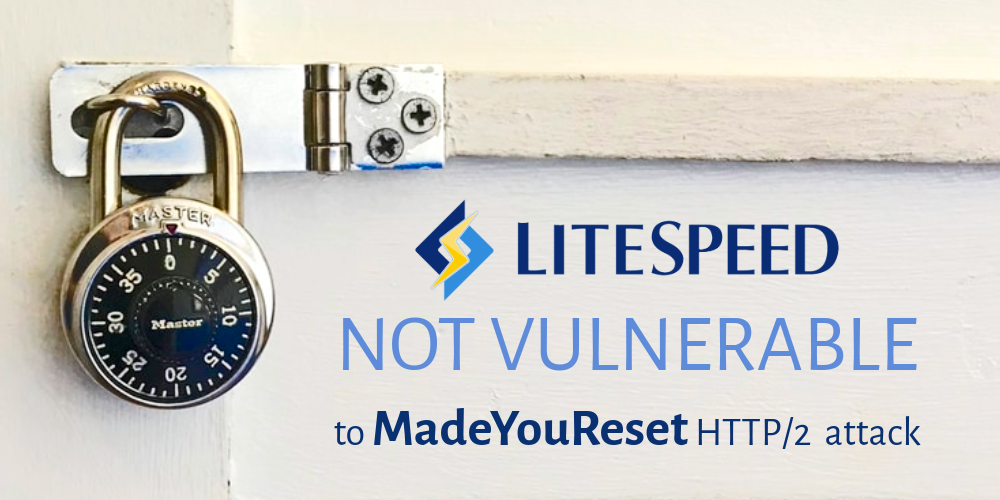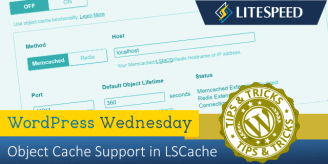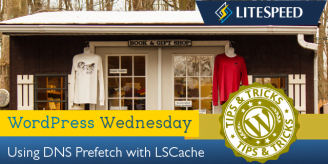Some hosts wanted the ability to allow their clients the use of a LSCWP crawler, but only if the providers had the ability to set some limits. Here’s how we implemented that.
You asked for it, and we delivered. LiteSpeed Cache for WordPress now supports Object Cache: Redis, Memcached and LSMCD!
You enabled optimization features in LiteSpeed Cache for WordPress, and now your site is broken. Let’s find the CSS or JS file that’s causing the problem!
LiteSpeed Cache for WordPress allows you to do simple cache management from the browser’s URL bar, if you are logged in from a known Admin IP address.
You now have the ability to manage certain aspects of your Cloudflare cache from within the LiteSpeed Cache for WordPress plugin.
One area in which you have the power to reduce user-perceived latency is DNS resolution. Use the new DNS Prefetch setting in LSCache.
Password protection and page caching have an odd relationship. Learn all about it, and how LiteSpeed Cache works to keep it from becoming a problem.
It’s been a busy six months for LSCWP. Here we present all of the major new enhancements in one handy guide.
This week we are going to talk about brute force login attacks, and how LiteSpeed Web Server now protects your WordPress site(s) from such aggression.












